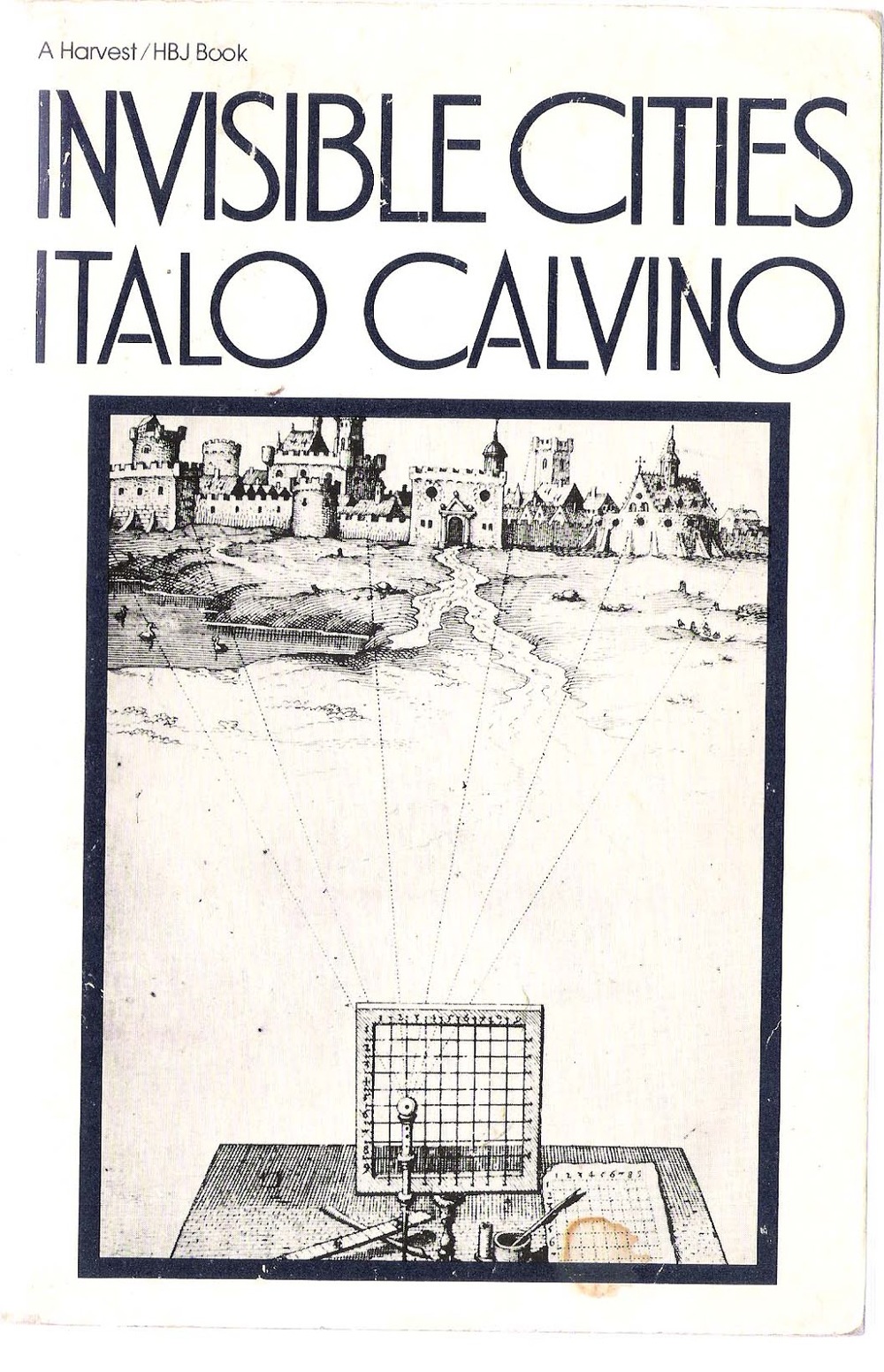
Le città invisibili
(Invisible Cities)
1972
The book explores imagination and the imaginable through the descriptions of cities by an explorer, Marco Polo. The book is framed as a conversation between the elderly and busy emperor Kublai Khan, who constantly has merchants coming to describe the state of his expanding and vast empire, and Polo. The majority of the book consists of brief prose poems describing 55 fictitious cities that are narrated by Polo, many of which can be read as parables or meditations on culture, language, time, memory, death, or the general nature of human experience.

Se una notte d'inverno un viaggiatore
(If on a Winter’s Night a Traveler)
1979
The postmodernist narrative, in the form of a frame story, is about the reader trying to read a book called If on a winter's night a traveler. Each chapter is divided into two sections. The first section of each chapter is in second person, and describes the process the reader goes through to attempt to read the next chapter of the book he or she is reading. The second half is the first part of a new book that the reader ("you") finds. The second half is always about something different from the previous ones. The book was published in an English translation by William Weaver in 1981.
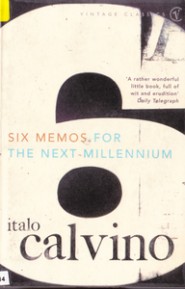
Lezioni americane: Sei proposte per il prossimo millennio
(Six Memos for the Next Millennium)
1988
Six Memos for the Millennium is a collection of five lectures Italo Calvino was about to deliver at the time of his death. The universal values he pinpoints become the watchwords for the appreciation of Calvino himself. What should be cherished in literature? Calvino devotes one lecture, or memo to the reader, to each of five indispensable qualities: lightness, quickness, exactitude, visibility, and multiplicity. A sixth lecture, on consistency, was never committed to paper.
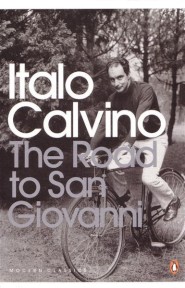
La strada di San Giovanni
(The Road to San Giovanni)
1990
Calvino's memoir of his father in which he exposes their inability to communicate: "Talking to each other was difficult. Both verbose by nature, possessed of an ocean of words, in each other's presence we became mute, would walk in silence side by side along the road to San Giovanni."
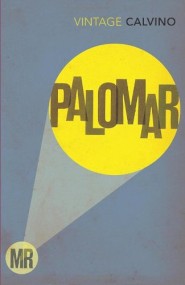
Palomar
(Mr. Palomar)
1983
In 27 short chapters, arranged in a 3 × 3 × 3 pattern, the title character makes philosophical observations about the world around him. Calvino describes a man on a quest to quantify complex phenomena in a search for fundamental truths on the nature of being.

Il castello dei destini incrociati
(The Castle of Crossed Destinies)
1969
[The novel] narrative details a meeting among travelers who are inexplicably unable to speak after traveling through a forest. The characters in the novel recount their tales via Tarot cards, which are reconstructed by the narrator. The novel is in two parts, each using a different style Tarot deck.
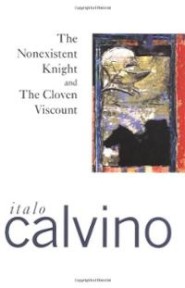
Il visconte dimezzato
(The Cloven Viscount)
1952
The protagonist, a seventeenth century viscount sundered in two by a cannonball, incarnated Calvino's growing political doubts and the divisive turbulence of the Cold War.[38] Skilfully interweaving elements of the fable and the fantasy genres, the allegorical novel launched him as a modern "fabulist".